|
|
|
|
|
|
|
|
Photo Gallery for Hyla squirella - Squirrel Treefrog
| 42 photos are available. Only the most recent 30 are shown.
|
 | Recorded by: K. Sanford
Bertie Co. | 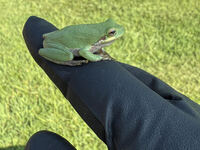 | Recorded by: Paul Hart
Harnett Co. |
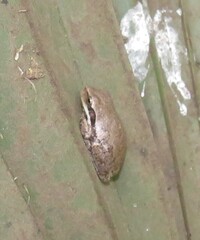 | Recorded by: B. Bockhahn
Sampson Co. |  | Recorded by: John Petranka
Wayne Co. |
 | Recorded by: Mark Basinger
Wilson Co. | 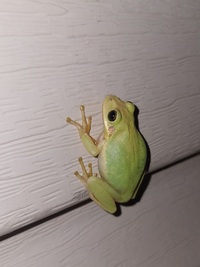 | Recorded by: Mark Basinger
Wilson Co. |
 | Recorded by: Travis McLain
Cabarrus Co. |  | Recorded by: Mark Shields
Onslow Co. |
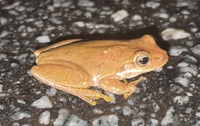 | Recorded by: K. Bischof
Transylvania Co. | 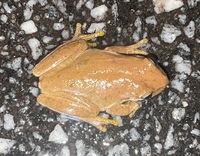 | Recorded by: K. Bischof
Transylvania Co. |
 | Recorded by: R. Newman
Carteret Co. | 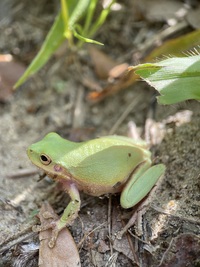 | Recorded by: S. Dagenhart
Dare Co. |
 | Recorded by: Michael P. Morales
Sampson Co. |  | Recorded by: Michael P. Morales
Sampson Co. |
 | Recorded by: Michael P. Morales
Sampson Co. | 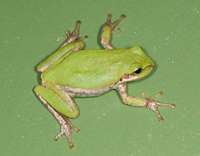 | Recorded by: Jim Petranka, Becky Elkin, John Petranka, Sally Gewalt
Beaufort Co. |
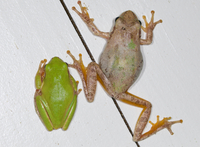 | Recorded by: Jim Petranka, Becky Elkin, John Petranka, Sally Gewalt
Beaufort Co. |  | Recorded by: Jim Petranka, Becky Elkin, John Petranka, Sally Gewalt
Beaufort Co. |
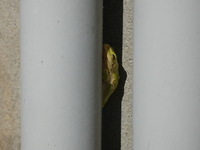 | Recorded by: Morgan Freese
New Hanover Co. |  | Recorded by: Max Ramey
Watauga Co. |
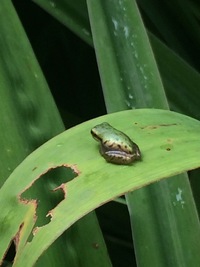 | Recorded by: Morgan Freese
Dare Co. | 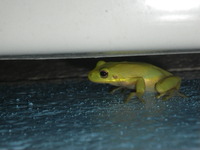 | Recorded by: j.wyche
Gates Co. |
 | Recorded by: J. Cox
Dare Co. | 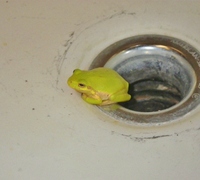 | Recorded by: j.wyche
Gates Co. |
 | Recorded by: C. Bennett
Dare Co. | 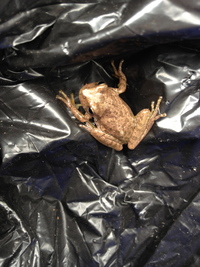 | Recorded by: K. Flood
Dare Co. |
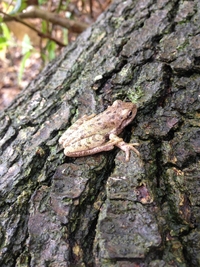 | Recorded by: M. Gosselin, K. Flood
Dare Co. | 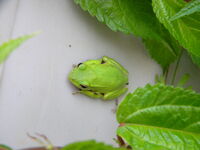 | Recorded by: Jane Wyche
Gates Co. |
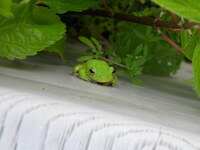 | Recorded by: Jane Wyche
Gates Co. | 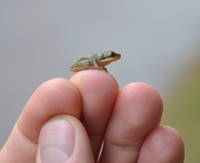 | Recorded by: K. Bischof
Beaufort Co. |
|

 »
»


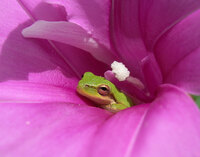

 »
»


